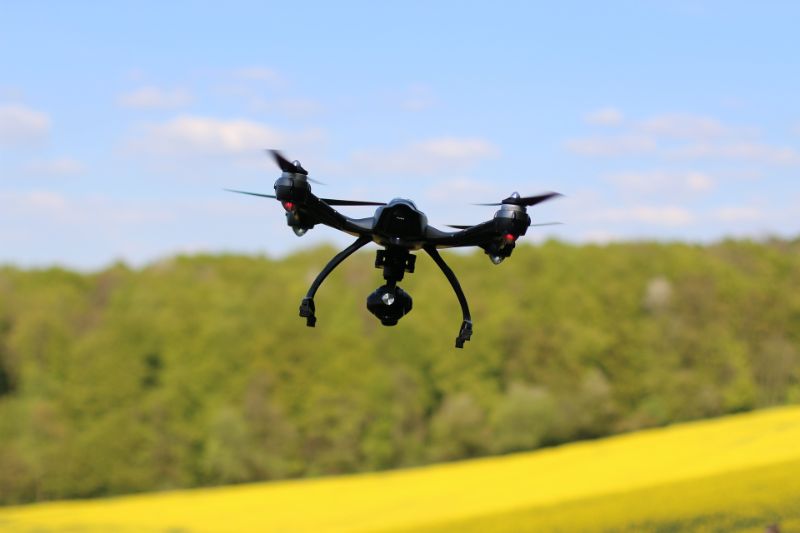
A US Army research unit has developed a new sensor that will help small drones to detect and avoid collision with energised power lines.
Researchers at the US Army Combat Capabilities Development Command’s Army Research Laboratory has developed a sensor and software application that will enable the unmanned aerial systems (UAS) to adjust its flight path and navigate through electrical power lines.

Discover B2B Marketing That Performs
Combine business intelligence and editorial excellence to reach engaged professionals across 36 leading media platforms.
The technology uses a configuration of field and 3-D sensors with low-power processing methods, which allows the UAS’ autopilot to identify power lines and prevent a potential collision.
Army researcher David Hull said: “Power lines are small and difficult to see with radar or optical sensors, but they generate large fields that can be easily detected with low-power, low-cost, passive electric, and magnetic-field sensors.”
Existing wire-avoidance technologies are said to be bulky, expensive and have technical limitations. The use of new sensors is expected to reduce size and associated costs.
The new technology can also help in identifying damaged power grids after a calamity or mapping power grids. It can also be used for routine inspection of the power lines.

US Tariffs are shifting - will you react or anticipate?
Don’t let policy changes catch you off guard. Stay proactive with real-time data and expert analysis.
By GlobalDataThe lab recently entered a licence agreement with Manifold Robotics, which will produce the new technology for drone-based commercial applications.
Hull added: “We are incredibly pleased to have Manifold Robotics as a licensee. Commercialisation of our power line detection methods could have a significant impact on the development of autonomous UASs that operate near power lines.”





